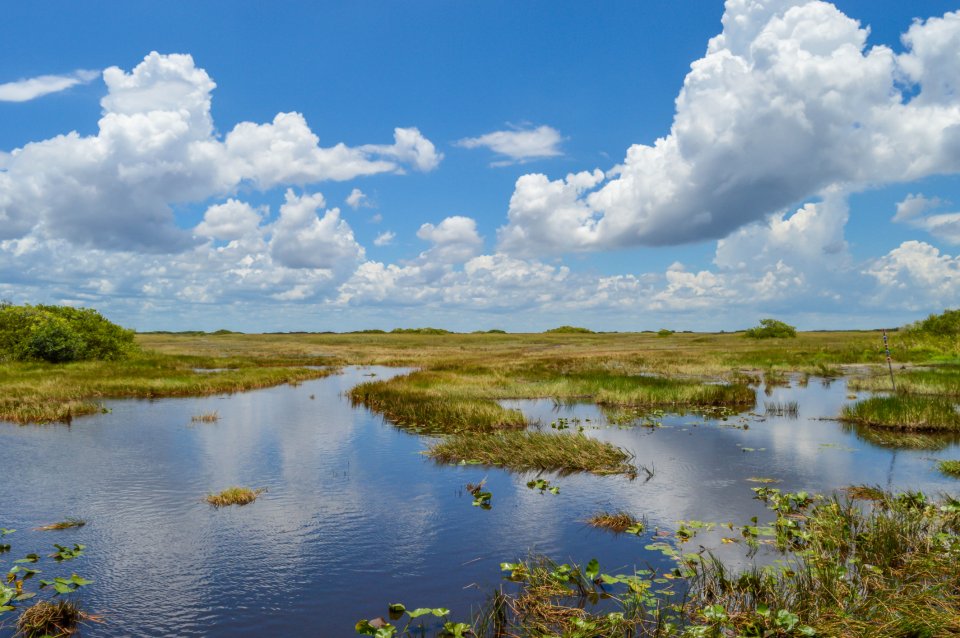Climate Adaptation and Wetland Protection

EPA works with local, state and tribal governments to restore and protect wetlands to support natural water resources.
Sea-level rise, drought, and wildfires can all contribute to displacing wetlands. These changes in combination with other stressors, such as land development, may further exacerbate the loss of wetlands.
In some areas of the country warmer temperatures, drought, and changing precipitation patterns can pose challenges for wetlands managers. These changes can increase evapotranspiration and lead to water losses which wetlands managers will need to account for.
Drought and Wildfires
Drought can also increase events such as wildfires which can alter water quality. In addition, drought changes the structure and function of wetlands and watersheds. Wetlands loss can also lead to reduced habitat for fish and wildlife and worsen existing shifts in species ranges.
Sea Level Rise and Storm Surge
Sea level rise will threaten to inundate or displace some coastal wetlands. Some coastal wetland types that may be vulnerable include:
- Salt marshes
- Bottomland hardwoods (river swamps)
- Fresh marshes
- Mangroves
- Pocosins (evergreen shrub freshwater wetlands found in the southeastern United States)
Both tidal and non-tidal wetlands may be at risk from sea-level rise. Sea-level-rise may introduce saltwater into non-tidal wetlands, which may be inhibited from moving inland due to coastal development.
Land use change combined with sea-level rise can prevent sediment accretion in tidal wetlands leading to vegetation “drowning.” A decrease in coastal wetlands can threat coastal estuary protection and restoration efforts.
Wetlands provide valuable flood storage, buffer storm surge, and assist in erosion control. Any loss of coastal wetlands can also increase the risk that rising sea levels and storm surge pose to coastal infrastructure.
